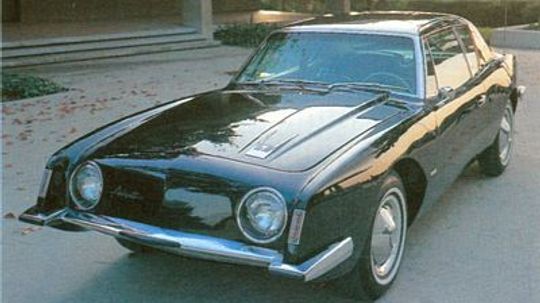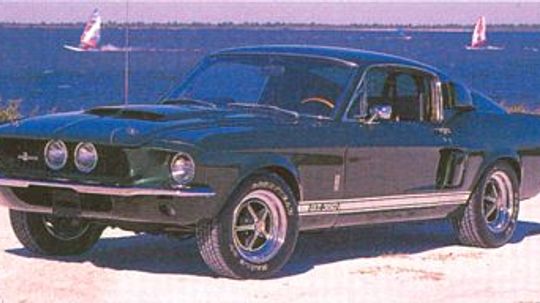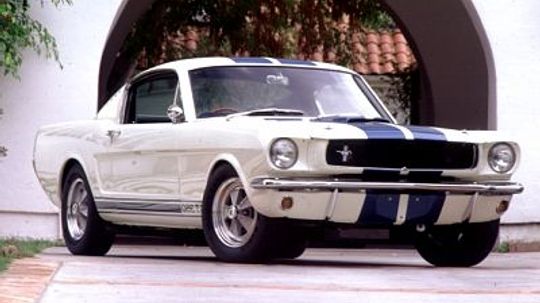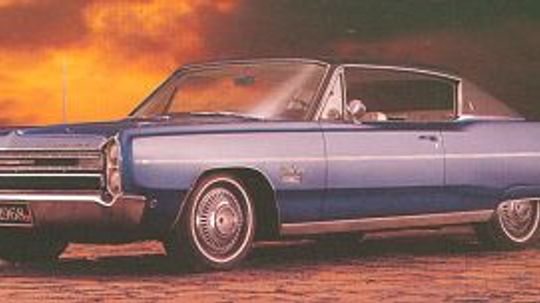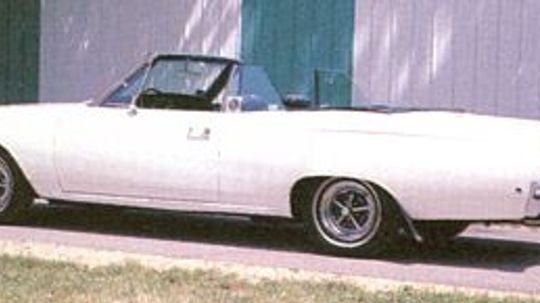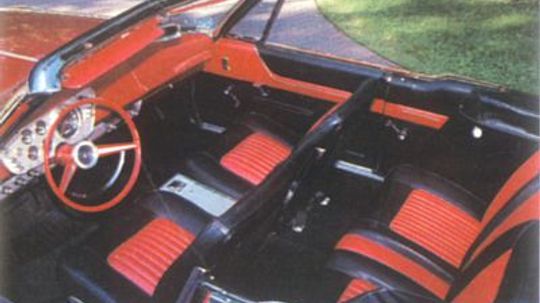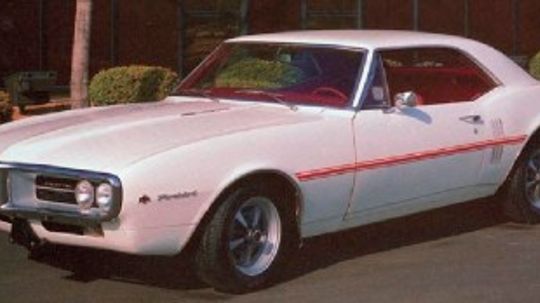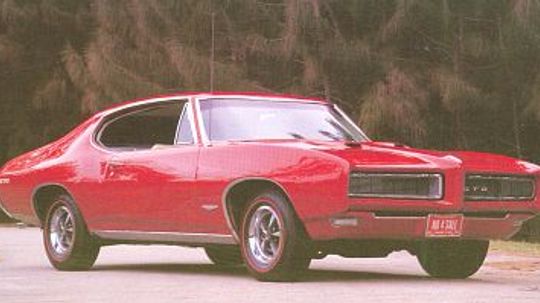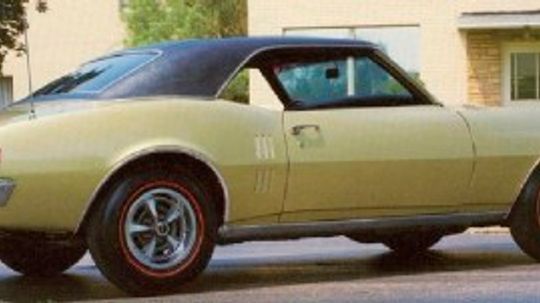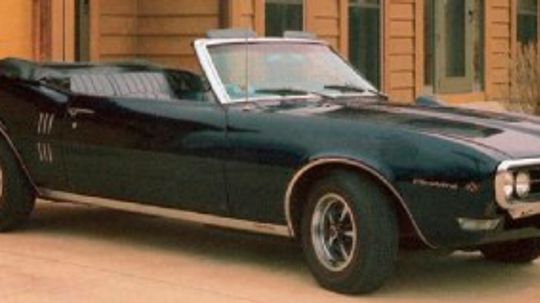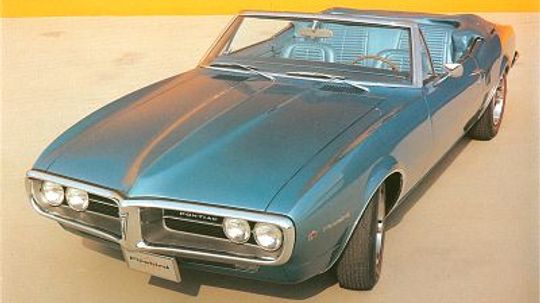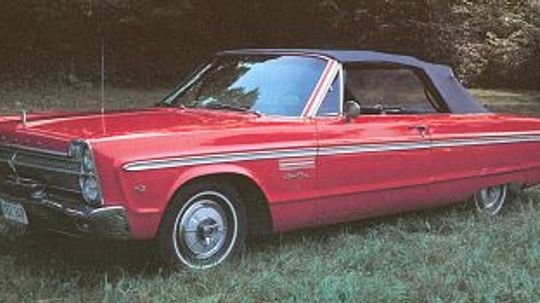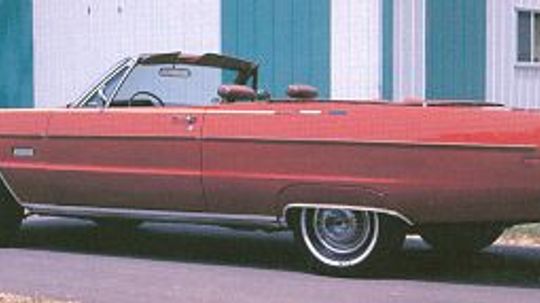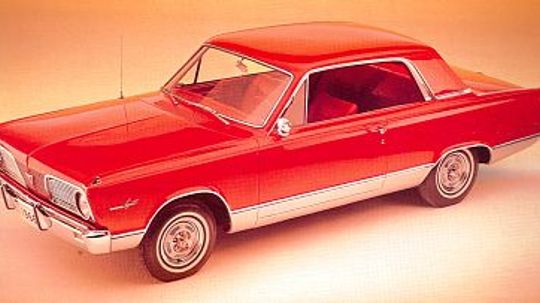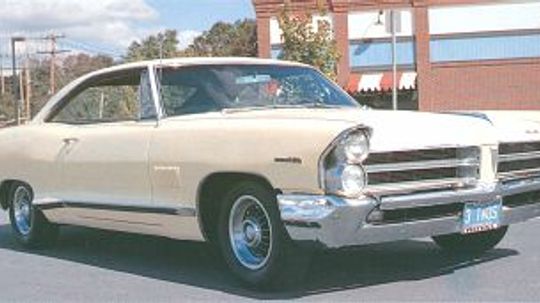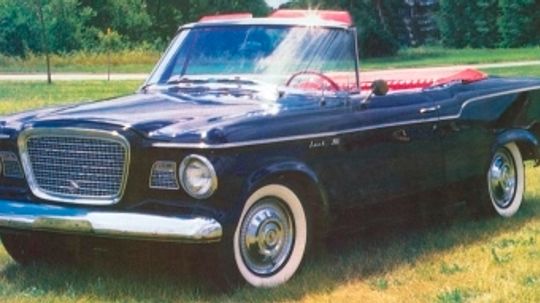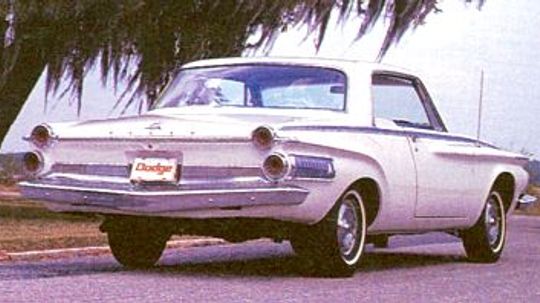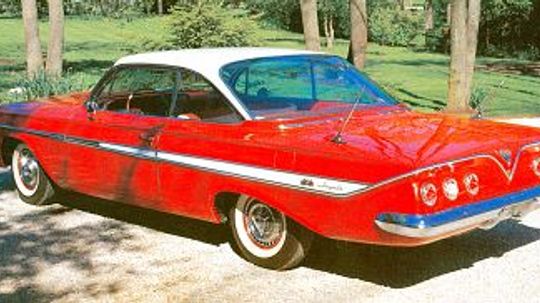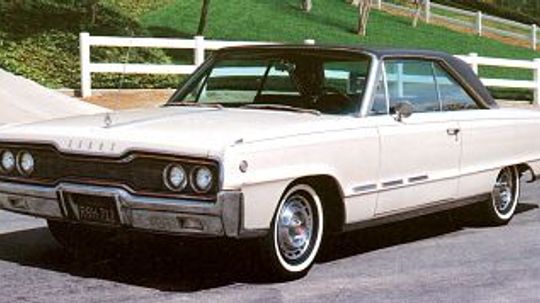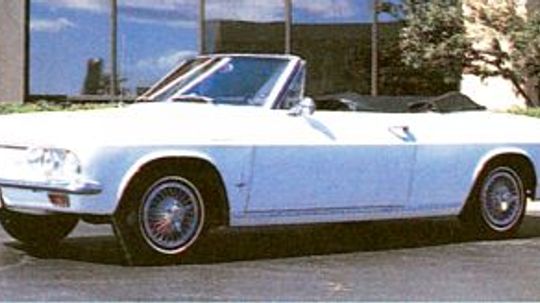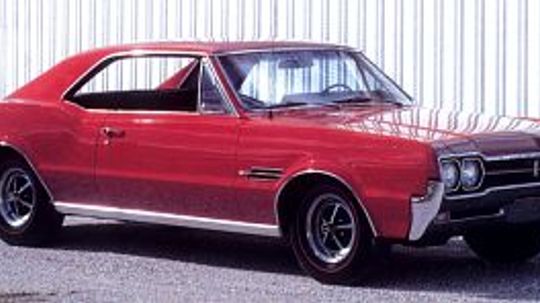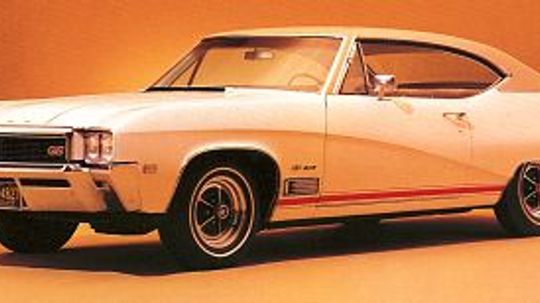1960s Classic Cars
In the 1960s, the United States battled with overseas manufacturers for market share, and models introduced in this era ranged from compact cars to muscle cars. Learn about hundreds of cars from the 1960s.
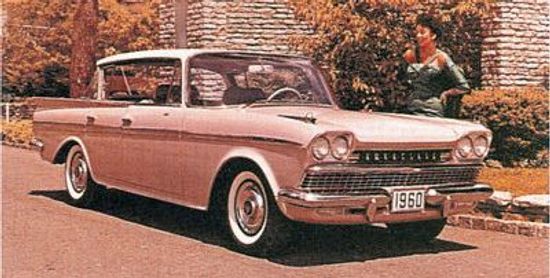
1960-1961 AMC/Rambler Ambassador
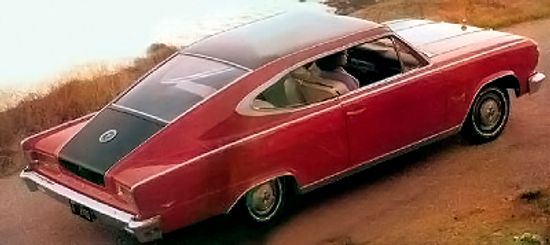
Introduction to the 1965-1967 AMC Marlin
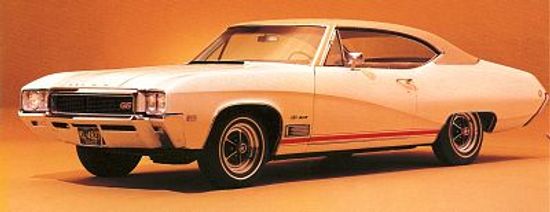
1968-1969 Buick Skylark & Gran Sport
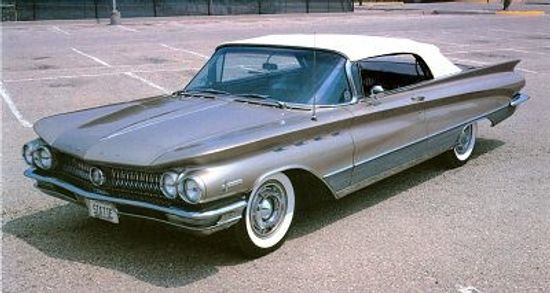
1960 Buick Electra
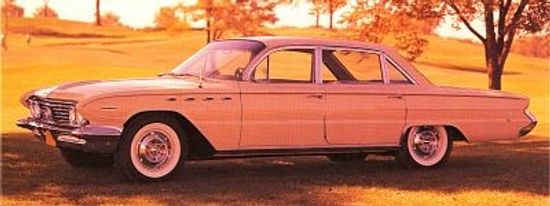
1961-1962 Buick Electra

Introduction to 1967-1969 Cadillac Eldorado
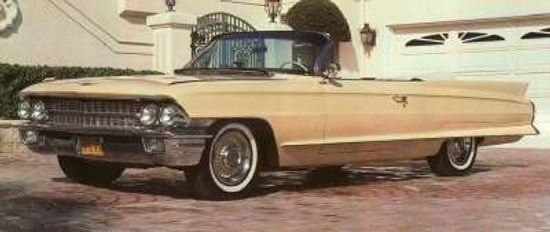
1961-1964 Cadillac
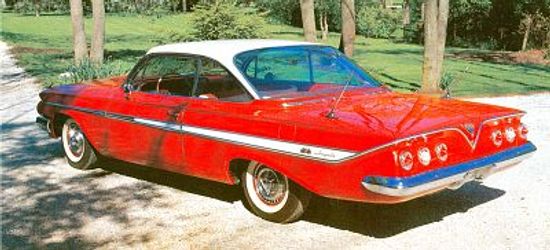
1961, 1962, 1963, 1964 Chevrolet Impala Super Sport
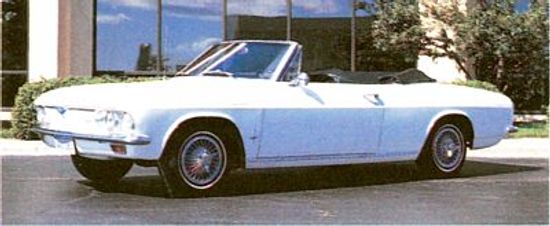
1965, 1966, 1967, 1968, 1969 Chevrolet Corvair Corsa and Monza
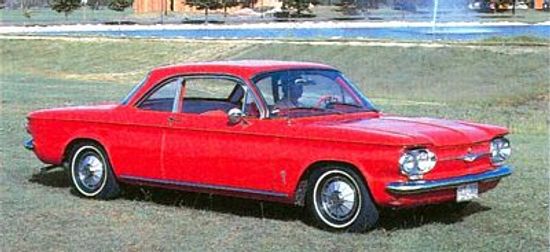
1960, 1961, 1962, 1963, 1964 Chevrolet Corvair Monza
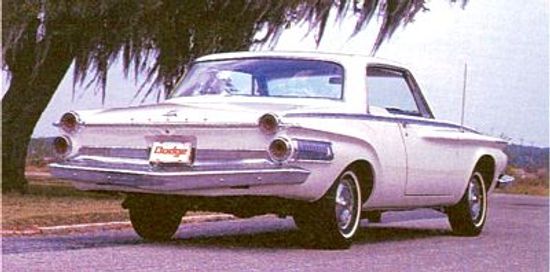
1962, 1963, 1964 Dodge Standard
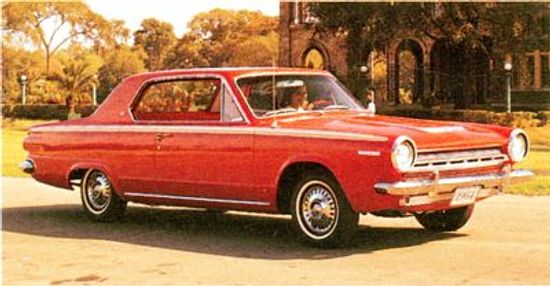
1963, 1964, 1965, 1966 Dodge Dart GT
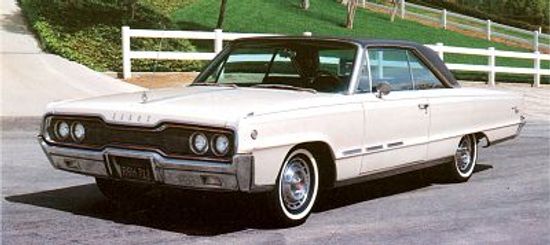
1965-1966 Dodge Polara 500/Monaco & Monaco 500
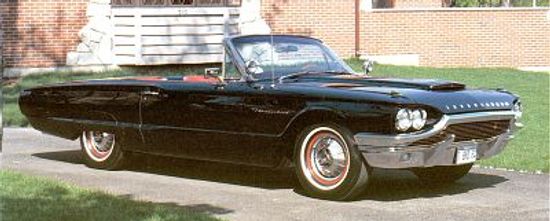
1964, 1965, 1966 Ford Thunderbird
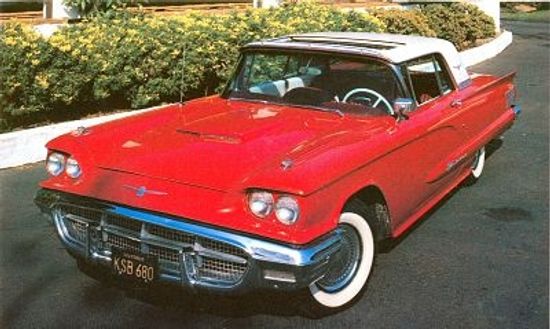
1960 Ford Thunderbird
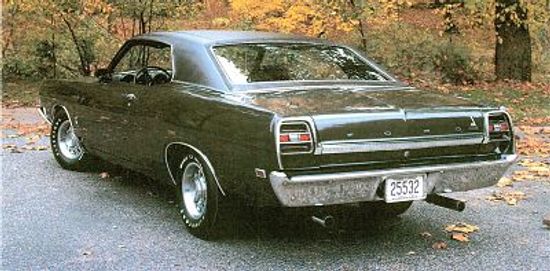
1969 Ford Cobra & Talladega
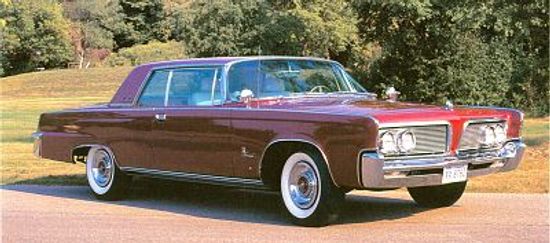
1964, 1965, 1966 Imperial
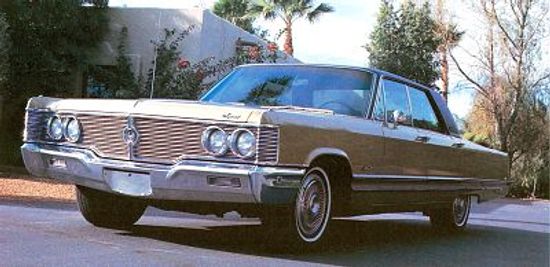
1967-1968 Imperial
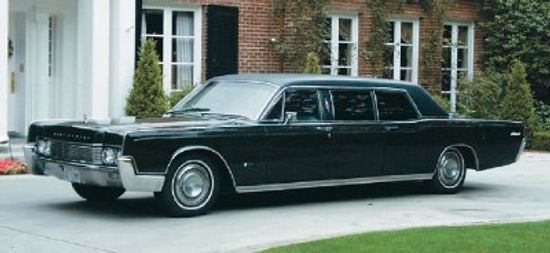
1963-1970 Lincoln Limousine
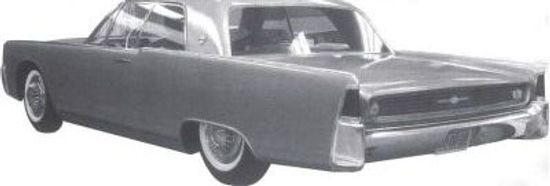
1961 Lincoln Continental

1960 Mercury
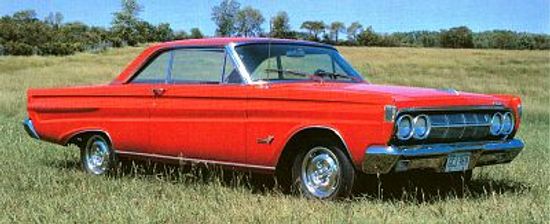
1964-1965 Mercury Comet Cyclone
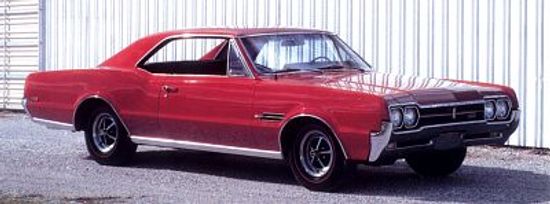
1966-1967 Oldsmobile 4-4-2
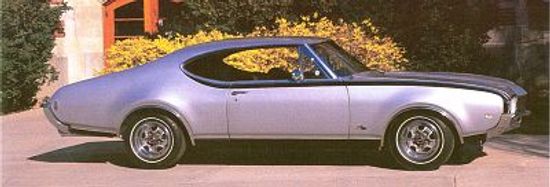
1968-1969 Oldsmobile Hurst/Olds
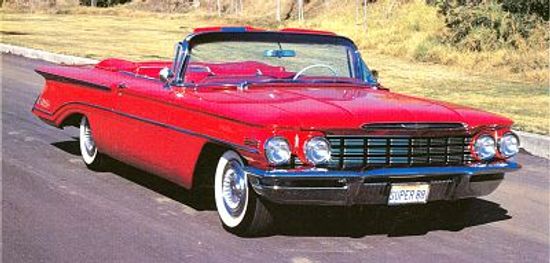
1960 Oldsmobile
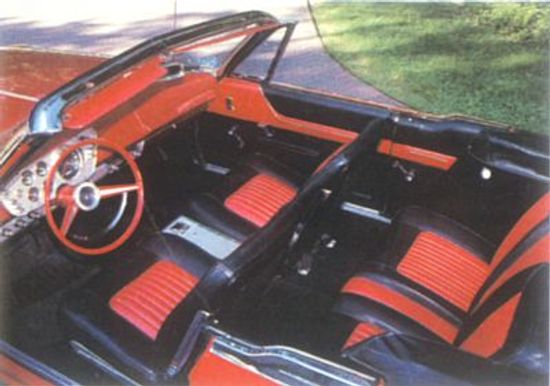
1962, 1963, 1964 Plymouth Sport Fury
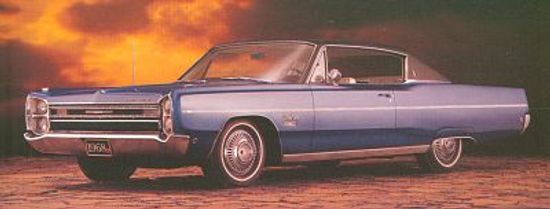
1967-1968 Plymouth Sport Fury and VIP
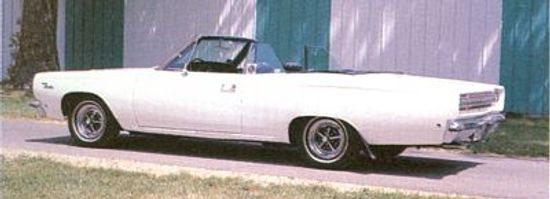
1968-1969 Plymouth Sport Satellite and GTX
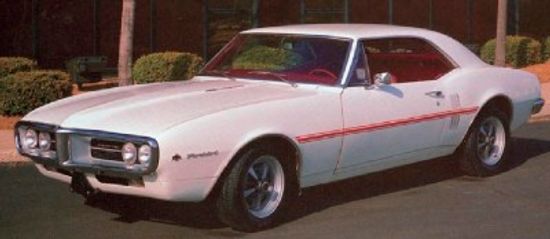
1967 Pontiac Firebird Sprint
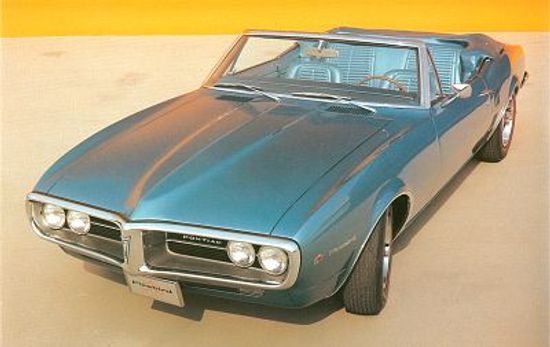
1967, 1968, 1969 Pontiac Firebird
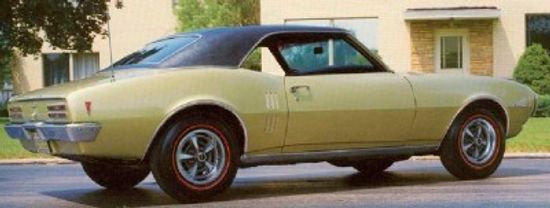
1968 Pontiac Firebird 350
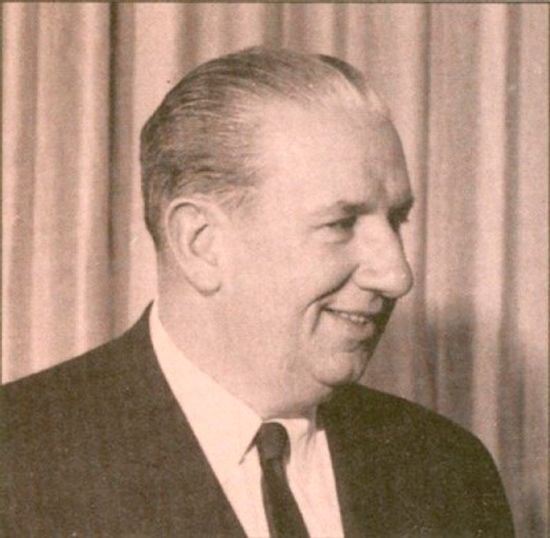
1965-1966 Rambler Ambassador
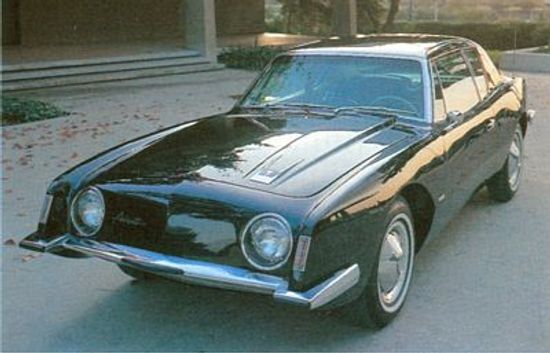
1963-1964 Studebaker Avanti
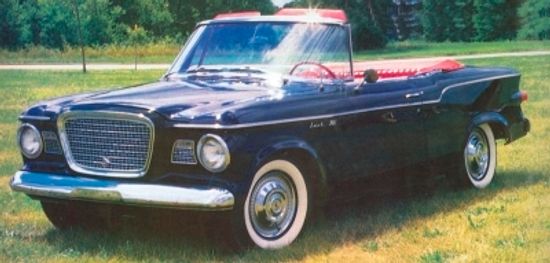
1960 Studebaker Lark
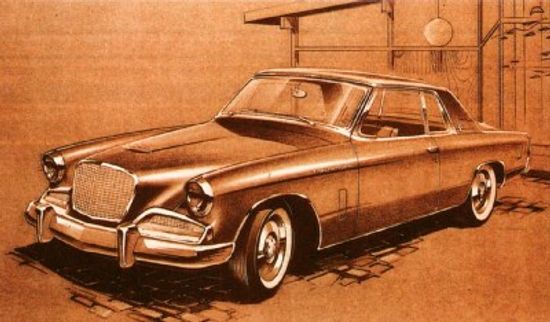
1962-1964 Studebaker Gran Turismo Hawk
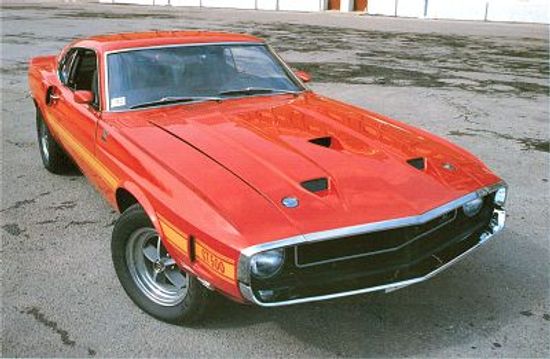
1969 Shelby GT-350 & GT-500
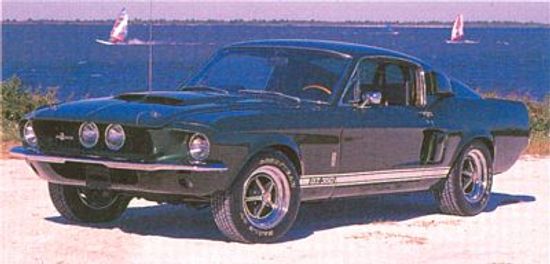
1967-1968 Shelby GT-350 & GT-500
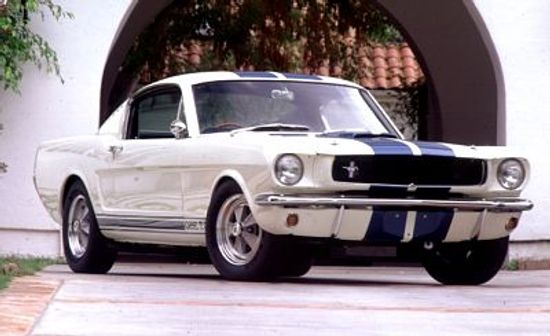
1965-1966 Shelby GT-350
Learn More
Designed in seclusion, the Avanti (the Italian word for "forward") was a styling sensation that gave Studebaker President Sherwood Egbert a brief shining moment before the company discontinued the line.
Mustang not only gained a facelift in 1969, but also its own hot versions, the Mach 1 and Boss 302/429. Tradition demanded that Shelby Mustangs, including the 1969 Shelby GT-350 and GT-500 be somewhat faster, but it wasn't going to be easy.
Mustang put on weight and inches for 1967, and the Shelby followed suit. To keep the car's weight down and its appearance distinctive, Shelby designers created a custom fiberglass front end to complement the production Mustang's longer bonnet.
Advertisement
The original '65 Shelby GT-350 was probably as close to a street-legal racing car as was ever offered by an American company. The brains behind the brawn? A Texas chicken farmer turned Ferrari race car driver named Carroll Shelby.
"Plymouth is out to win you over," said the ads, and they didn't lie. With a re-vamped Barracuda, a transformed Valiant and a solid line of Belvederes, Plymouth jumped back in the game in a major way.
It's amazing what steady cultivating can do -- with a few interim changes, Plymouth's disappointing 1962 "standards" roared back with the 1968-1969 Plymouth Sport Satellite and GTX. These models soon sold more than a quarter-million copies.
The 1962-1964 Plymouth Sport Furys weren't nearly as bad as they're usually portrayed. Despite their flaws, the long-hood/short-deck proportions were drawn years before we'd ever heard of "ponycars."
Advertisement
The 1967 Pontiac Firebird Sprint came onto the automotive scene a little later than Chevrolet's Camaro, but when the Firebird arrived, it came on strong. Learn more about the 1967 Pontiac Firebird Sprint in this article.
Being first is relatively easy; staying first isn't. Pontiac may have created the muscle car in 1964 with the GTO, but the company had to work hard to match proliferating competitors. Pontiac struck back with the fully redesigned 1968-1969 Pontiac GTO & Judge.
The 1968 Pontiac Firebird 350-cid HO V-8 engine, with high-performance camshaft, better exhaust-gas scavenging, and revised carburetion, delivered 320 horsepower, 35 more than its 326-cid predecessor. Learn more about the 1968 Pontiac Firebird 350 in this article.
The 1968 Pontiac Firebird Sprint Convertible proved high-performance and folding tops could go hand in hand. Learn more about this muscle car in this article.
Advertisement
Had GM division chief John DeLorean gotten his way, the Firebird would've been a low-cost sister to the Corvette. But the market couldn't support two sports car models, so DeLorean had to settle for a "Pontiacized" version of Chevy's four-seat Camaro.
By 1962, Plymouth found that it needed to regroup -- and to resize -- its Sport Fury and VIP models to keep up with Ford and Chevrolet. By the mid-1960s, a new design team took Plymouths back into the mainstream -- with a vengeance.
After three successful years, the 1965-1968 Pontiac Grand Prix declined in both sales and design. But if more glitter and gadgets were evident, so was more power that enabled performance to remain respectable.
1969 saw brand-new designs from each of the "Low-Price Three." But Plymouth proved to have the biggest of the big car overhauls, hoping to wow consumers and get them to "Look What Plymouth's Up To Now."
Advertisement
The first Pontiac Grand Prix resembled a dressed-up Catalina hardtop coupe with buckets-and-console interior, but the result was striking and sold well.
Plymouth probably wishes it had a car like the 1963-1966 Plymouth Valiant Signet today -- this model was a solid performer throughout it's production run and helped the company maintain its sales figures.
Chrome and tailfins were out, bucket seats, mag-style wheels, center consoles, and floor shifters were in -- and just about everybody had them. With the 1964-1967 Pontiac Catalina 2+2, Pontiac achieved a combination of power, road-holding, and fine styling superior to any other big Pontiac.
The 1960 Studebaker Lark was a huge success and almost tripled overall sales for Studebaker. In V-8 form it sold for $2,756. The 259 V-8 engine could hurl the Lark sedan from 0 to 60 mph in 10 seconds. Learn more about this classic compact.
Advertisement
Though compacts were quite popular in the early 1960s, the public still wanted full-size cars like the Dodge Standard. The car still struggled for sales numbers, but some fame on the drag strips, often beating out bigger, heavier rivals. Learn more.
Though still on the gaudy side with its creased bodysides, tapered trim strip, jutting fender tops, and rear-deck sculpturing, the Impala's lines were undeniably cleaner -- ready to usher in a new era. Learn about this classic and its famous 409-cid motor.
in the looks department, few would rank these as the most alluring Dodges ever -- or even of the decade. Some might even call them stodgy, perhaps ordinary. Yet they were eminently representative of their time. See pictures and specs for this classic.
Actually not due to Ralph Nader's attacks, the Corvair died a tragic death, kept in production only long enough to amortize the die expenses. But its spirit lived on as the model evolved into the 1965-1969 Chevrolet Corvair Corsa and Monza. Learn more.
Advertisement
Even though the new Toronado stole much of the spotlight from Oldsmobile's other existing models, the 1966-1967 Oldsmobile 4-4-2 carried on resolutely with good promotion and a strong engine. Learn more about the 1966-1967 Oldsmobile 4-4-2.
The 1968-1969 Buick Skylark & Gran Sport debuted with a brand new body, but not everyone loved it. Some thought that the new curvature looked out of place -- or perhaps out of time. Learn more about the 1968-1969 Buick Skylark & Gran Sport.
